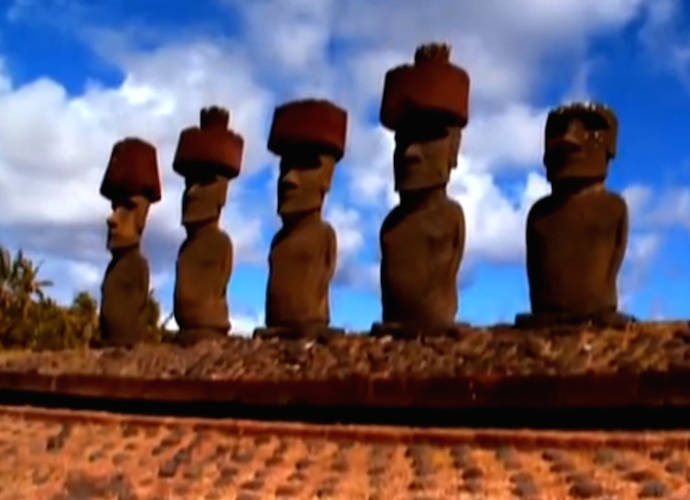New Study Unlocks Easter Island Mystery
A new scientific study suggests that the native inhabitants of Easter Island might have vacated the area after agriculture production slowed.
What Happened To The Rapa Nui?
A native Polynesian culture known as Rapa Nui, builders of the historic statues on Easter Island, were discovered by Europeans in 1722. In 1770, Europeans estimated the native population of the island at 3,000, but that number declined to barely 600 in four years – most of them men.
The cause of the drastic decline of the Rapa Nui population has always been a mystery. Scientists have speculated that the Rapa Nui were wiped out by an epidemic or war, and a new study proposes that what truly caused the demise of the Rapa Nui were environmental factors that led to decreased agriculture.
“In the current Easter Island debate, one side says the Rapa Nui decimated their environment and killed themselves off. The other side says it had nothing to do with cultural behavior, that it was the Europeans who brought disease that killed the Rapa Nui. Our results show that there is some of both going on, but the important point is that we show evidence of some communities being abandoned prior to European contact,” said UC Santa Barbara professor Oliver Chadwick.
The new study analyzed soil samples from Easter Island and found that areas that were particularly dry or wet were abandoned by the Rapa Nui long before the arrival of Europeans. “The pullback from the marginal areas suggests that the Rapa Nui couldn’t continue to maintain the food resources necessary to keep the statue builders in business,” Chadwick added.
RELATED ARTICLES
Get the most-revealing celebrity conversations with the uInterview podcast!







Leave a comment